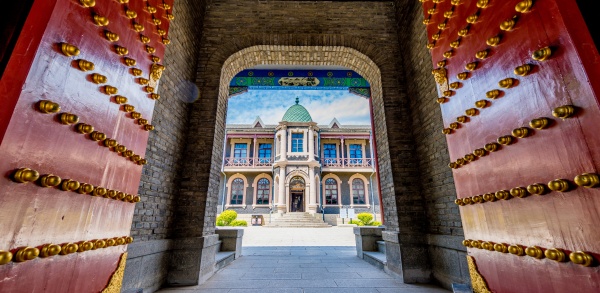Palace Museum of the Manchurian Regime

The Palace Museum of the Manchurian Regime, established in 1962, is a historic site that serves as both a museum and a scenic area. It is a national first-class museum, a key cultural relic site under national protection, one of the first national 5A-level tourist attractions, a national patriotism education demonstration base, a national research and education practice base for primary and secondary schools, and one of the most innovative museums in the country.
The former site of the Palace Museum of the Manchurian Regime was the palace where Puyi, the last emperor of the Qing Dynasty (1644-1911), lived as a puppet emperor of the Manchurian Regime. It is an important historical witness to Japan's military occupation of Northeast China, the establishment of a puppet regime, and the implementation of fascist colonial rule. The Palace Museum of the Manchurian Regime covers an area of approximately 250,500 square meters and consists of four main sections: the former palace site area, the core value exhibition area, the leisure and entertainment area, and the M+ cultural and creative district.
In the new era, the Palace Museum of the Manchurian Regime aims to pioneer the combination of museums and scenic areas in China. Through academic excellence, creative vitality, innovation, and opening and sharing, the museum has deepened reforms, embraced innovation, and achieved comprehensive improvement in all aspects of its operations. It has become a model for innovative development in the domestic cultural and museum system and an industry benchmark for smart operations.
Contact: Yang Ming
Tel: +86 13504705002
Address: No 5 Guangfu North Road, Kuancheng district, Changchun city
